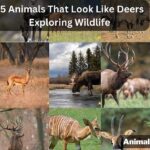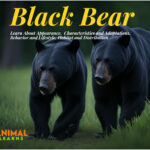Black Bears Wellbeing Guide: Health and Safety Guide
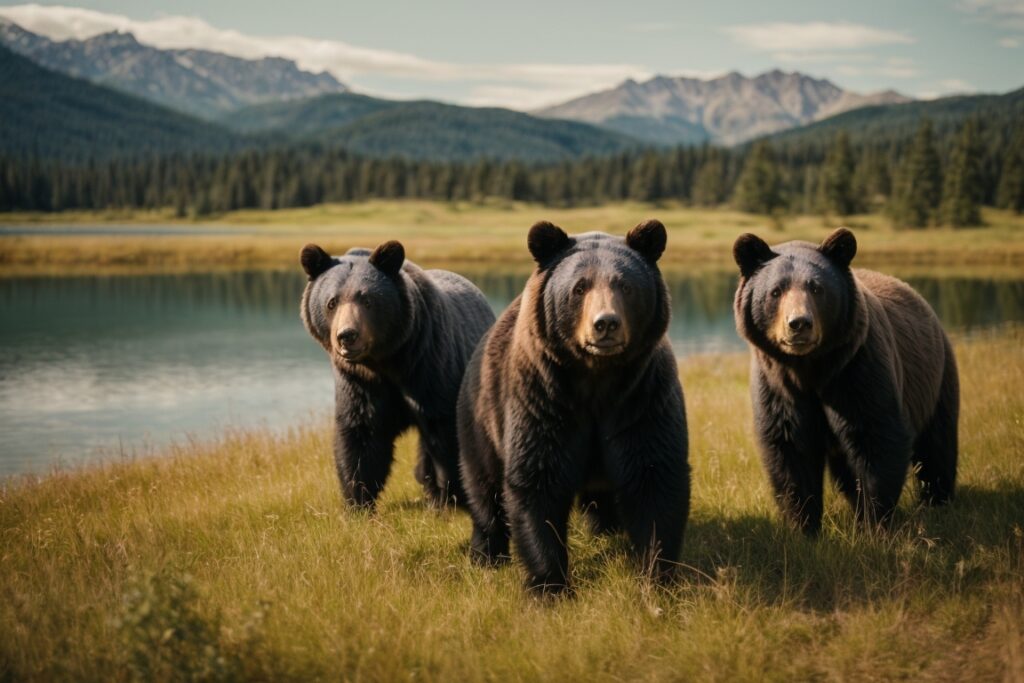
In the ‘Black Bears Wellbeing Guide,’ you’ll find that black bears are highly adaptable and widespread across the United States.
Black bears can thrive in woodlands, mountains, swamps, dry scrublands, and even urban areas across their range. So, there is an excellent chance that these animals can be seen in the wild somewhere near you.
One key to this widespread success is their highly varied diet. A wild adult black bear can consume over 15 pounds of food per day, and those meals include everything from seeds and roots to berries, bugs, grasses, and meat if they can catch it. Up to 85% of an average black bear’s diet is made up of plant matter, leaving about 15% for animal-based proteins.
Eating that much food means that these are some of the largest carnivorous mammals across much of their range, with the average male weighing between 150 and 300 pounds but sometimes reaching up to 600 pounds.
Diseases
Contents

| Disease | Description |
| Parasitic Infections | Internal parasites like roundworms, tapeworms, and flukes can affect the bear’s digestive system. External parasites, such as ticks and mites, can infest their fur. |
| Bacterial Infections | Bacterial infections can occur when wounds or injuries become infected, potentially leading to abscesses or more serious health issues. |
| Viral Diseases | Bears can contract various viral diseases, including distemper and infectious canine hepatitis, which can weaken their immune system and cause various symptoms. |
| Rabies | While relatively rare, bears can contract rabies, which can lead to aggressive or abnormal behavior, posing a threat to humans and other animals. |
| Chronic Wasting Disease (CWD) | Although not common, there is concern about CWD transmission, primarily affecting cervids like deer, elk, and moose, in regions where bears and infected cervids coexist. |
| Obesity and Health Issues | Bears with access to human food sources or garbage can become obese, leading to health problems such as heart disease and diabetes. |
| Trauma and Injuries | Bears can suffer injuries from vehicle collisions, fights with other bears, or hunting accidents, which can lead to infections or long-term health issues. |
| Tooth and Gum Problems | Dental issues like tooth decay, broken teeth, or gum disease can affect a bear’s ability to eat and forage effectively. |
| Stress-Related Issues | Human disturbances, habitat loss, and interactions with people can cause stress-related health problems, weakening a bear’s immune system. |
Black Bears In Different States
Black Bears, as emphasized in the Black Bears Wellbeing Guide, are one of the most widespread and adaptable mammals in North America. They can be found in a variety of habitats, from forests and mountains to swamps and suburbs.
Each state has its own black bear population, with some unique features and challenges. Here are some of the states where you can encounter these amazing animals and learn more about their lives.
Understanding how black bears care for their young sheds light on their survival strategies. Mother bears nurture and protect their cubs, and temporary gatherings can occur at food sources. These behaviors ensure the continuation of their species. To survive in their environment, black bears are opportunistic feeders.
They can be found in various U.S. states, each offering different food sources and challenges. From Alaska to Maine, you may wonder, “In which U.S. states can you find black bears?” Their distribution is widespread. Additionally, the question arises, “Where do black bears get their food?”
Black bears, brown bears, and others forage for plants, berries, nuts, insects, and occasionally, small mammals or fish to meet their dietary needs. Black bears are an integral part of the ecosystem, and understanding their behavior and habitat is essential for coexistence and conservation.
| State | Characteristics | Population Status | Habitat and Behavior |
| New Jersey | Black bears in northern NJ suburbs | Increasing | Explore suburban areas, diverse diet |
| New York | Large bears in Adirondack and Catskill regions | Stable | Up to 600 pounds, northern and western NY |
| Florida | Florida black bear subspecies | Threatened | Smaller, genetic adaptation, forested areas |
| Connecticut | Healthy Population in Great Smoky Mountains | Increasing | Scavenge for food, suitable habitat, northwestern CT |
| Tennessee | Large bears in the Adirondack and Catskill regions | Stable | Typical bear behaviors, found in the park |
| Alaska | Highest black bear population in North America | Stable | Diverse ecosystems, various colors, up to 700 pounds |
| North Carolina | Growing population in the northwestern part | Growing | Significant population, interaction with hunters |
| Michigan | Large and growing population in the Appalachians | Stable | Seasonal movement dens in hollow trees or rocks |
| Texas, Ohio, Colorado, Georgia | Smaller but growing populations | Growing | Varies by state, adaptable and opportunistic feeders |
In Folklore, Mythology And Culture
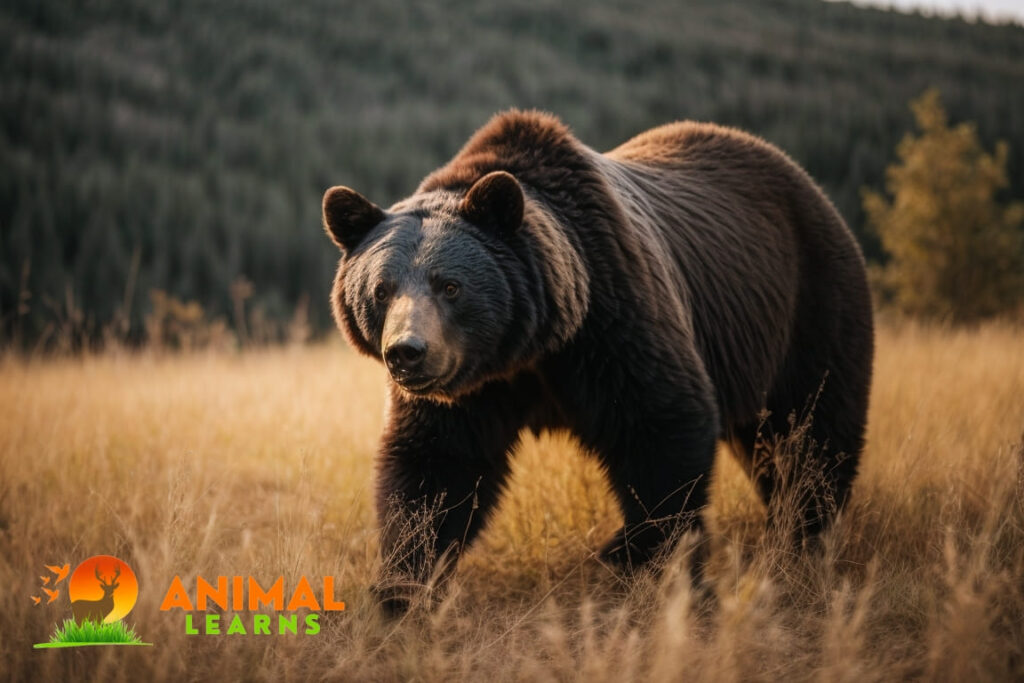
The black bear is a fascinating creature that has captured the imagination of many indigenous peoples of North America. Revered for its strength, intelligence, and adaptability, the black bear often appears as a symbol of courage and wisdom.
In various Native American traditions, the bear is associated with healing, transformation, and spiritual guidance. The Cherokee, for example, believe in the bear as a powerful totem animal, representing introspection and self-discovery.
In some tribes, the bear is linked to the changing seasons and the cycles of life, reflecting its hibernation patterns. Additionally, bear dances and rituals are an integral part of many indigenous ceremonies, celebrating the bear’s connection to the natural world.
In contemporary culture, the ‘Black Bears Wellbeing Guide’ highlights how the black bear remains an enduring symbol of the wilderness and a reminder of the importance of respecting and preserving the environment. Its strength and adaptability make it an inspiration for many people who face challenges in their lives.”
The black bear’s ability to hibernate for long periods of time also serves as a reminder that rest and rejuvenation are essential for our well-being. Overall, the black bear holds a prominent place in folklore, mythology, and cultural narratives across North America. Its enduring legacy is a testament to its importance in shaping our understanding of the natural world.
Living Together and Being Safe
- How to Attract Black Bears: Don’t attract black bears on purpose – it’s dangerous. But if you want to see them in the wild, go to national parks or wildlife sanctuaries where they live. Follow the rules and stay safe.
- How to Control Black Bears: Avoid human-bear conflicts by securing food sources like garbage and bird feeders. Use non-lethal methods like bear-proof containers to control bears.
- How to Keep Black Bears Away: Remove food scraps, pet food, and bird feeders from your property. Use electric fencing around beehives and gardens. Make noise or use motion lights to scare them away.
- How to Deter Black Bears: Make noise, use bear spray, and keep a safe distance if a bear comes near. Never provoke or approach a bear. Carry bear spray when hiking and know how to use it.
- How to Get a Black Bear to Go Away: Speak calmly, wave your arms, and make yourself look big if a black bear gets too close. Back away slowly without turning your back. Don’t run – it may chase you. Use bear spray if needed.
- What Smells Do Black Bears Hate? Black bears hate strong smells like ammonia, vinegar, and bleach. Use these scents to keep them away from certain areas, but do it safely and legally.
- Will a Black Bear Eat a Dead Bear? Yes, black bears will eat dead bears and other carcasses. But they mostly eat live prey, plants, and other foods.
- Do Black Bears Attack Humans? Black bear attacks on humans are rare, but they can happen if a bear feels threatened or protects its cubs. Follow bear safety tips when in bear country to reduce the risk.
- Do Black Bears Hibernate? Yes, black bears hibernate in cold regions during winter. They enter torpor, where they slow down their metabolism and live off their body fat. This helps them save energy when food is scarce.
- Do Black Bears Eat Meat? Yes, black bears eat meat when they can. They eat insects, small mammals, fish, and carrion. But they also eat a lot of plant matter, especially in warm months.
- Do Black Bears Eat Humans? Black bear attacks on humans are very rare and usually happen when a bear feels threatened or defends its cubs. Black bears don’t usually see humans as prey.
- Do Black Bears Eat Deer? Yes, black bears will hunt deer when they get the chance. Deer are an important food source for black bears, especially where deer are plentiful.
- Do Black Bears Attack Dogs? Black bears may attack dogs if they see them as a threat or a danger to their cubs. Keep dogs on a leash when hiking in bear country and follow bear safety rules.
- Do Black Bears Sleep at Night? Yes, black bears are mostly active at dawn and dusk and sleep at night. But they can be active at any time depending on food and environment.
Coexistence and Safety
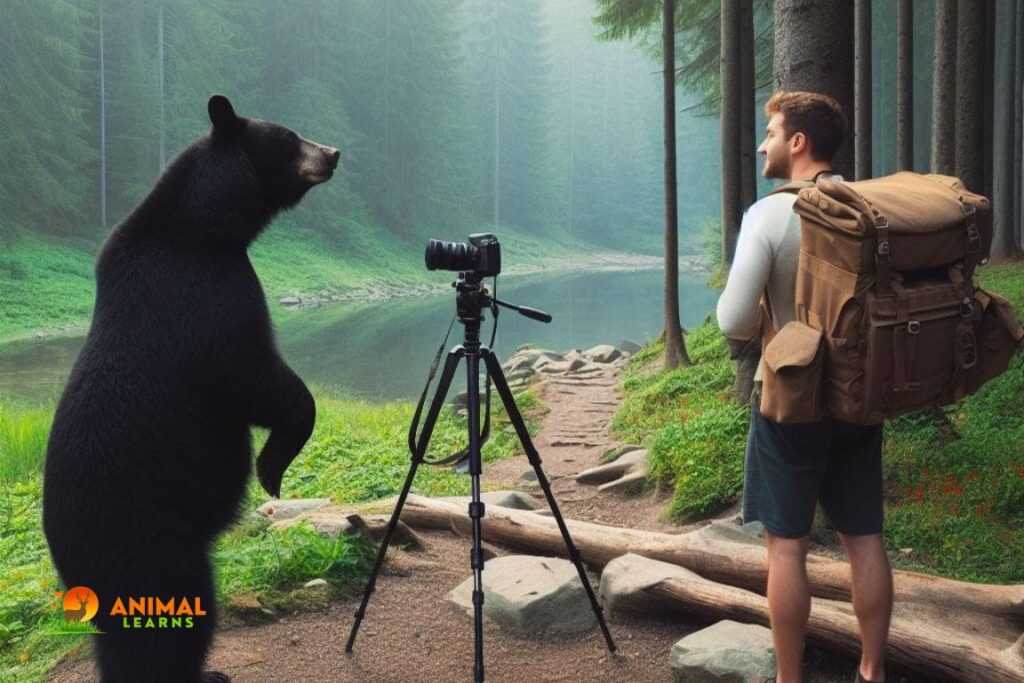
Hiking in black bear territory can be an amazing experience, but you need to be smart and safe. Black bears are not aggressive, but they can be curious and defensive. To avoid startling them, make some noise as you hike, such as talking, clapping, or using bear bells.
Store your food securely in bear-resistant containers and keep a safe distance from any bears you encounter. When camping, hang your food from a tree branch at least 10 feet off the ground or use a bear canister. Don’t sleep near your food or cookware.
If you come across a black bear, stay calm, avoid eye contact, and slowly back away while speaking gently to the bear. If the bear approaches you, raise your arms to make yourself look bigger and use bear spray if necessary.
To coexist peacefully with black bears and follow the guidance outlined in the ‘Black Bears Wellbeing Guide,’ keep your campground tidy, don’t feed them, and be aware of the local regulations and recommendations to safeguard both humans and bears.
Black bears are fascinating creatures with a wide range of abilities and behaviors. When it comes to their vision, many wonder, “How well can black bears see?” These bears are not known for their keen eyesight but rely on their acute sense of smell and hearing to navigate their environment effectively. While black bears are not particularly strong, they are far from being weak.
Their powerful muscles allow them to climb trees with ease, prompting the question, “Are black bears good climbers?” In fact, they are excellent climbers, which helps them access food and escape threats. One notable characteristic of black bears is their quiet nature. Unlike some other animals, they tend to be silent, leading to the query, “Are black bears quiet?” They are indeed stealthy creatures.
FAQs
What do black bears eat?
Black bears have a diverse diet that includes plants, berries, nuts, insects, and occasionally small mammals or fish.
Do black bears eat meat?
Yes, black bears are omnivores and will consume animal matter, including insects, small mammals, and carrion.
In which U.S. states can you find black bears?
Black bears inhabit various U.S. states, ranging from the southern United States to northern states like Alaska and Maine.
How can I stay safe around black bears?
To stay safe, keep a safe distance, make noise to avoid surprising them, and store food securely to prevent attracting them to your campsite.
Do black bears live in groups or alone?
Black bears are typically solitary animals, though females may have cubs and temporary gatherings can occur at food sources.


